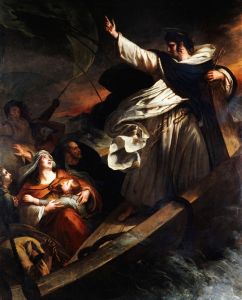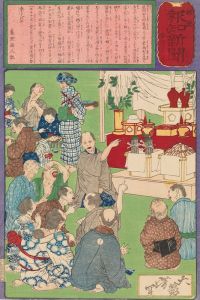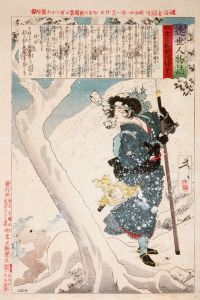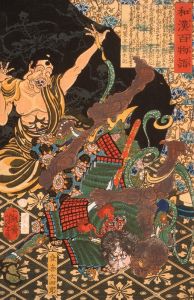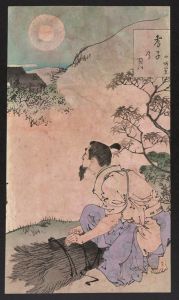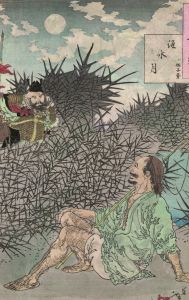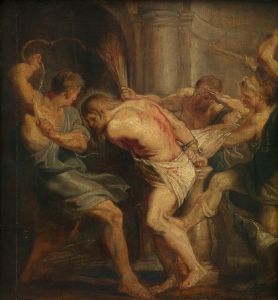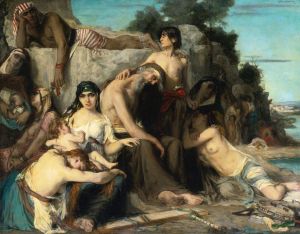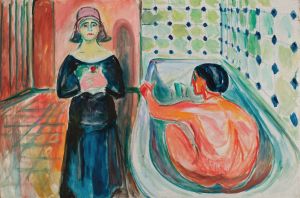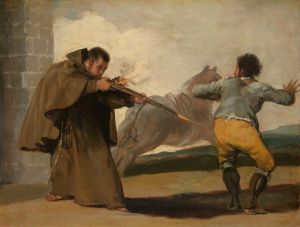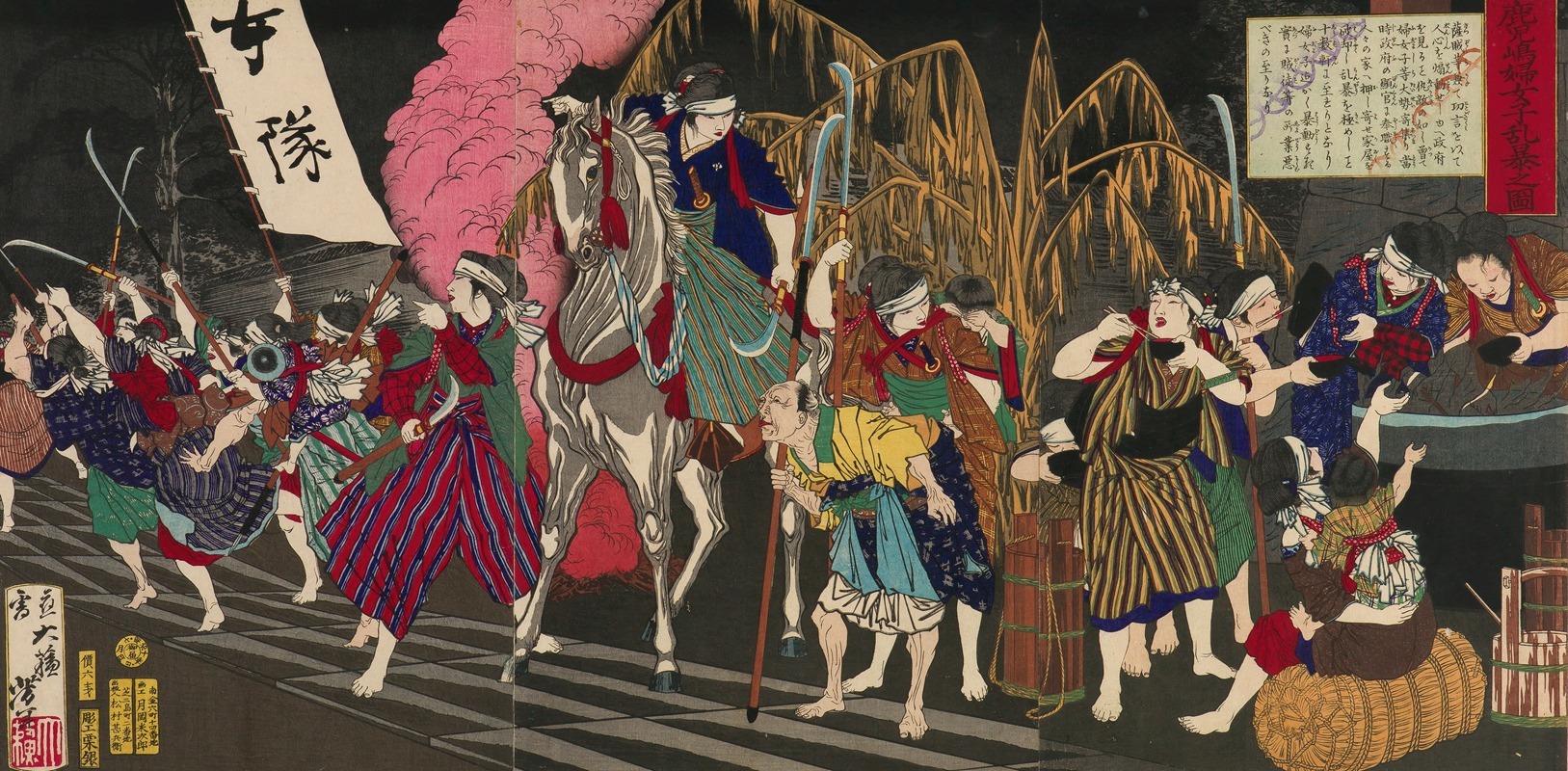
Violent Conduct of Women and Children in Kagoshima
A hand-painted replica of Tsukioka Yoshitoshi’s masterpiece Violent Conduct of Women and Children in Kagoshima, meticulously crafted by professional artists to capture the true essence of the original. Each piece is created with museum-quality canvas and rare mineral pigments, carefully painted by experienced artists with delicate brushstrokes and rich, layered colors to perfectly recreate the texture of the original artwork. Unlike machine-printed reproductions, this hand-painted version brings the painting to life, infused with the artist’s emotions and skill in every stroke. Whether for personal collection or home decoration, it instantly elevates the artistic atmosphere of any space.
"Violent Conduct of Women and Children in Kagoshima" is a woodblock print created by the renowned Japanese artist Tsukioka Yoshitoshi. Yoshitoshi, born in 1839 and deceased in 1892, is celebrated for his contributions to the ukiyo-e genre, which flourished during the Edo and Meiji periods in Japan. His works often depicted historical scenes, kabuki actors, beautiful women, and supernatural themes.
This particular print is part of Yoshitoshi's series "Twenty-Eight Famous Murders with Verse" (Eimei nijūhasshūku), which was published between 1866 and 1867. The series is known for its graphic and dramatic portrayal of violent acts, reflecting the turbulent times of the late Edo period and the public's fascination with sensational stories.
"Violent Conduct of Women and Children in Kagoshima" illustrates a specific historical event or legend involving violence perpetrated by women and children in Kagoshima, a city located on the southern tip of Kyushu island. The exact historical context or story behind this particular print is not well-documented, but it aligns with the series' overall theme of depicting notorious and gruesome incidents.
Yoshitoshi's work is characterized by its dynamic composition, vivid colors, and meticulous attention to detail. In this print, he employs these techniques to capture the intensity and horror of the scene. The expressions of the characters, the movement suggested by their poses, and the dramatic use of light and shadow all contribute to the emotional impact of the artwork.
The "Twenty-Eight Famous Murders with Verse" series, including this print, was produced during a time of significant social and political change in Japan. The country was transitioning from the feudal Edo period to the modern Meiji era, and this period of upheaval is often reflected in the art of the time. Yoshitoshi's work, with its focus on violence and the darker aspects of human nature, can be seen as a response to the uncertainties and anxieties of this transformative period.
Yoshitoshi's prints, including "Violent Conduct of Women and Children in Kagoshima," are highly regarded for their artistic merit and historical significance. They provide valuable insights into the cultural and social dynamics of 19th-century Japan and continue to be studied and appreciated by art historians and enthusiasts around the world.
In summary, "Violent Conduct of Women and Children in Kagoshima" by Tsukioka Yoshitoshi is a notable example of the artist's work within the "Twenty-Eight Famous Murders with Verse" series. It exemplifies Yoshitoshi's skill in depicting dramatic and violent scenes, reflecting the broader cultural and historical context of late Edo period Japan.





